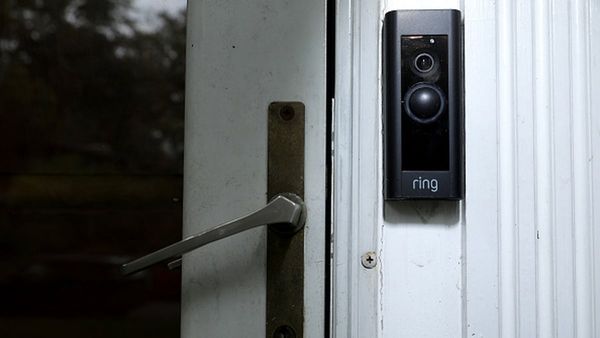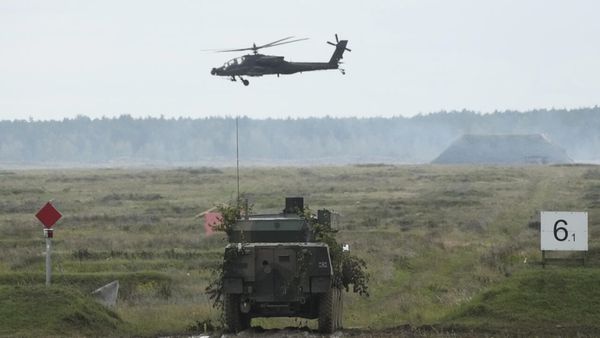Honda’s been part of American powersports for decades, shaping not just how folks ride but how they work and play outdoors. The brand’s reputation has always hinged on durability and accessibility, whether it was the original ATC three-wheelers, the Foreman ATV, or more recently, the Pioneer and Talon side-by-sides.
These machines have become staples for hunters, farmers, and weekend adventurers alike, carving out a place in both utility and recreation. That’s why Honda South Carolina Manufacturing (SCM) reaching its 500,000th side-by-side is more than just a production milestone—it’s proof of how deeply these vehicles have rooted themselves in American life.
The Timmonsville, South Carolina, plant has been running since 1998, first cranking out the Foreman 400 ATV before adding engines and even PWCs into the mix. When Honda shifted focus to side-by-sides in 2013, the facility became the exclusive global production site for every Pioneer and Talon that makes its way into showrooms. In 27 years, nearly 1,000 associates there have built over 3.8 million powersports products. Clearly, it’s a testament to a workforce that’s become part of the backbone of Honda’s global operations.

The plant itself spans 950,000 square feet and has seen over $460 million in investment.
The star of this particular celebration was a Pioneer 1000, the company’s flagship UTV, driven off the line by 24-year Honda veteran Glascow Montgomery. He’s sent countless vehicles down the line since joining in 2001, but he summed it up perfectly: his focus has never changed. When a unit reaches him, he’s listening to the engine, testing the steering, checking the lights. It’s about making sure everything is right for the end user.
That simple pride in craftsmanship is part of why Honda’s machines (from UTVs, to motorcycles, and even cars) have earned such trust over the years.

For those of us who ride, hunt, haul, or just enjoy exploring trails, this milestone matters because it shows Honda’s commitment isn’t slowing down. The demand for UTVs has only grown, and SCM has been able to keep pace while still putting quality at the forefront.
Looking ahead, Honda has made it clear that this facility will play a key role in the company’s move toward smarter, more efficient manufacturing and eventually, electrification. That means the same people who’ve been making sure our rigs work as they should are also the ones who’ll be laying the groundwork for the next generation of powersports machines.
So while 500,000 units is an impressive figure, it’s also a reminder that these vehicles are built by people who care, and built in a place that has become central to Honda’s story in America. And whether you’re on the farm, in the woods, or at the dunes, chances are good that story has already touched your life.
Source: Honda








